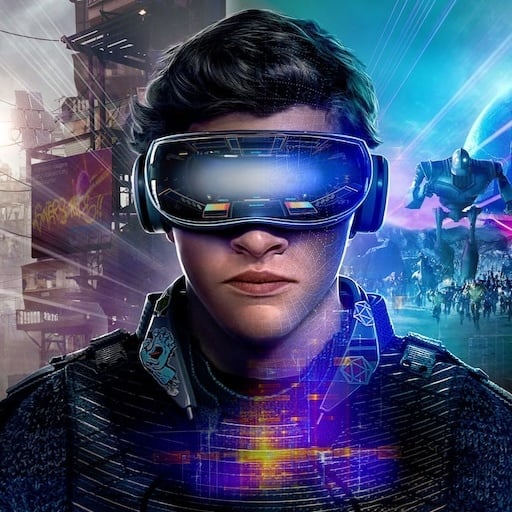

IIRC their web site used to make it sound like it was a paid product but it was always possible to get it for free. Can’t remember the exact details, perhaps something similar to those “name your price” softwares that have a pre-filled recommended value but it’s also possible to choose €0? I checked what it looks like nowadays and the Pro version does come up first if you go to downloads, and then there’s a free Core version below it.




… I was thinking about buying a 96GB DDR5 kit from the local computer store a few weeks ago, but wasn’t sure it was actually worth €700. Checked again now and the exact same product costs €1500. I guess that settles it, 32GB will have to be enough for the next couple of years then.